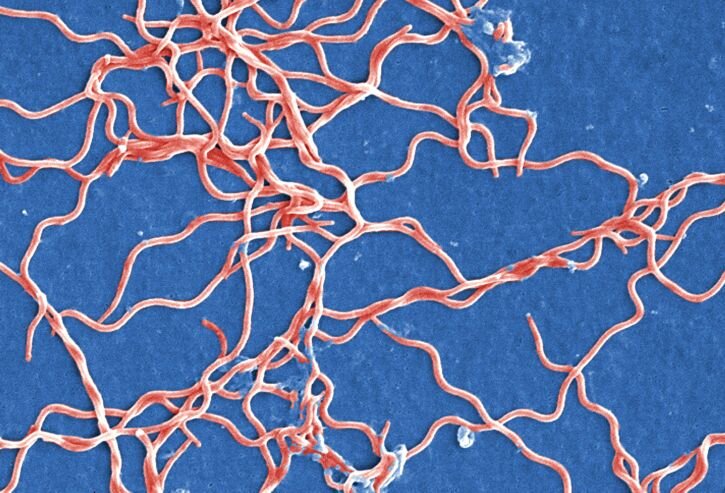
ABOUT PAIN
Pain is a human issue.
Pain can affect anyone at any age. Chronic pain impacts the most fundamental aspects of human life: the ability to function, to work, and to partake in family and social life.
UNDERSTANDING PAIN
Pain is the no. 1 cause of long-term disability.
Pain is a critical public health issue, and one that deeply affects the lives of millions. Pain thwarts careers, burdens families, and inflicts functional, physical, and psychological damage.
Nearly 1 in 4 Americans have pain every day or nearly every day. Chronic pain is more widespread than cancer, heart disease, diabetes, or stroke.
WHAT IS PAIN?
Acute Pain
Acute pain is a normal bodily function, warning us when we are injured and telling us to seek care or rest. Most everyone experiences acute pain in their lives.
vs
Chronic Pain
Chronic pain lasts past the time when tissue normally heals, typically 3-6 months. Instead of protecting us, chronic pain damages the body and can be a disease itself.
Some people have intermittent pain or conditions with acute and chronic features.
FAST FACTS
WHAT KINDS OF CHRONIC PAIN ARE THERE?
INCONVENIENT PAIN
LIFE-ALTERING PAIN
Chronic pain is an umbrella category: it can be moderate or severe, and has many causes such as injury or disease. It can result from inflammation from tissue damage or from damage or disease in the nervous system itself.
However, all people in pain can experience common issues, such as:
isolation, stigma, and disability
anxiety, depression, or despair
READ MORE: FAST FACTS ABOUT CHRONIC PAIN >
HOW IS PAIN TREATED?
The goal of pain treatment is not to eliminate pain but to manage it to improve people’s health and function.
The best pain treatment is individualized and often combines:
MEDICATION
Many people in pain rely on medication, like anti-inflammatories or opioid pain medication.
RESTORATIVE THERAPY
Often physical therapy or therapeutic exercise are helpful in treating pain.
INTERVENTIONAL THERAPY
Interventional therapy includes everything from nerve blocks, to implanted medical devices, to surgery.
BEHAVIORAL THERAPY
Pain invokes an emotional response in all of us, so psychological therapies like cognitive behavioral therapy or mindfulness can help.
COMPLEMENTARY & INTEGRATIVE CARE
Therapies like massage, chiropractic care, or acupuncture, may also be helpful.
This is known as multimodal or multidisciplinary care.
Unfortunately, too few people in pain have access to this kind of care.

EXPERIENCING PAIN
Everyone experiences pain, but not everyone has significant pain – pain that limits daily activity and causes much suffering.
So how does significant pain feel?
HOW SIGNIFICANT PAIN FEELS
Studies have rated the quality of life of someone in moderate or severe chronic pain as equal to that of someone dying of cancer.
“There’s pain that impedes on your quality of life and there’s pain that impedes your life.”


















